|
Shrubs can provide a low-maintenance alternative in a garden that can rival perennials and annuals. Identify shrubs that provide multi-season interest and are appropriate to our northern climate. They can be used in place of ground covers or as small trees in addition to providing a dramatic backdrop for other plants. Learn the basics for selection, pruning, rejuvenation, and maintenance for most shrubs.
0 Comments
Kevin Schoessow, University of Wisconsin Extension Area Agriculture Development Educator for Burnett, Sawyer and Washburn Counties has been getting many questions about rodent damage. Here's his advice. Question: Because the snow was so deep this year, rodents were able to chew the bark from the trunks of our fruit trees. Is there any way the trees can survive this amount of damage? Response: Rest assured you are not the only person with this frustrating problem. If the girdling is more than 2/3 of the way around the tree trunk, there is little chance the tree will survive if nothing is done. This rodent damage removes the cambium tissue (new bark) layer which is responsible for moving nutrients and water from the roots to the buds. With this disruption in the trees ‘plumbing’ there is no way to keep buds and branches alive. Where there is partial girdling, there is a chance that part of the tree will remain alive, but the tree parts above girdled area will eventually die.
About the only hope to save or replace the missing bark and re-plumb the tree is to do a tree grafting technique called the bridge graft. This involves harvesting a one-two year old scion twig from the same tree or another apple tree and using this twig as a means to transfer nutrients and water. The twig must be long enough to bridge the gap from the base of the tree to above the girdled area. The twig is cut to a point on both ends and then inserted under the new bark at the base of the tree and above the wound. Several twigs are used, with a twig placed every inch and a half or so. This scion twig is then nailed into position with a small finish nail, then sealed with wax or pruning seal and perhaps some tape as well. The wounded area is left as is as there is no need to put a wound sealer over that. If the graft union is successful nutrients and water flow through the grafted scion twigs and feed the upper portions of the tree. Here is an article with some good pictures showing this process. https://www.matsumastergardeners.com/uploads/2/7/3/9/2739768/special_edition_2012_update.pdf Right now is the perfect time to do this! While twigs are still dormant. Here are additional resources
Pruning Practices Much of the damage can be mitigated by using standard pruning practices. Obviously damaged limbs or trees should be removed. Brian Hudelson, UW-Plant Disease Diagnostic Clinic provides advice on those practices. Late winter is an excellent time to prune since it is easier to see where to cut and to reduce the chance of diseases. Hudelson writes: “Check out Wisconsin Garden Facts XHT1013 (Pruning Evergreens), XHT1014 (Pruning Deciduous Trees) and XHT1015 (Pruning Deciduous Shrubs) for pointers on how to prune. Prune only when it’s dry and decontaminate pruning tools between cuts (or at a minimum between each tree or shrub) by treating them with 70% alcohol (e.g., rubbing alcohol right out of the bottle, spray disinfectants containing ~70% alcohol) or (in a pinch) 10% bleach. Decontaminating tools kills off disease-causing organisms that you might pick up as you prune. Once done pruning, if you’ve used bleach, be sure to thoroughly rinse your tools, and oil them to prevent them from rusting.” Kevin Schoessow, UW Extension Area Agriculture Development Educator for Burnett, Sawyer and Washburn Counties, has been getting questions about tree wound sealants. He does not recommend applying anything including a wound sealer to the damaged area. "Just let it be. The surface may bleed sap but overtime it will dry and the callus formation and compartmentalization will follow (may take several years). The only time a wound sealant is recommended is on pruning cuts or injuries to oak trees (red, pin, black) during the growing season. The reason is to provide a physical barrier to reduce the spread of oak wilt by sap feeding beetles." Below is a link to an article that you may find reassuring. The second page discusses Care for Tree Wounds. https://extension.tennessee.edu/publications/Documents/SP683.pdf This one from University of Illinois is a good read too. https://extension.illinois.edu/blogs/good-growing/2020-09-02-should-we-paint-tree-wounds Bent Trees There are many trees and large shrubs that have bent over, many with tips frozen in the snow. Shrubs can be pruned, but what to do about trees? Paul Cigan advised: “Many birch and aspen, but not all, have significantly straightened since December. Some will suffer a permanent lean. If a tree has over 30% lean following spring thaw, it will likely suffer from permanent bending. I would recommend waiting until consistently warm weather above freezing to determine if a given tree should be cut based on non-correctable lean.” Oak Trees According to Paul Cigan, Forest Health Specialist with Wisconsin DNR, it’s important to avoid any cutting or injury to oaks after March and through the end of July. Broken limbs and broken stems should be cut prior to April. A pruning sealer is not recommended unless the cuts will occur after March. More information is available on the DNR website: www.dnr.wisconsin.gov/topic/foresthealth/oakwilt and this article on storm damage: https://forestrynews.blogs.govdelivery.com/2022/05/12/spring-cleaning-storm-damage-cleanup-brings-oak-wilt-risk/ Spruce and Pine If a spruce or pine has the top broken off, will it continue to grow? According to Paul Cigan: “Many spruce and pine with broken terminal leaders can be nursed and kept growing well in the long term by cutting off all but one of the lateral branches. Selection of the strongest lateral branch should be made. Over time, the remaining lateral branch will grow upward and assume the main leader position. The tree will show a signature of the lost limb for decades or permanently, but it can still provide ecological and economic services to the property.” Tree Debris Already those limbs that broke are starting to show through the melting snow. That debris can be turned into opportunity by leaving some to decompose in a natural woodland edge. Chipping the limbs and using as mulch in planting beds or at the woodland edge is an excellent use of the material. It is beneficial for the woodland habitat. Wisconsin DNR provides advice to wood lot owners in this online article: https://dnr.wisconsin.gov/topic/forestlandowners/stormrecovery/firsts
Even for the most experienced Master Gardener, the term keystone plant may be new. Thrown around by ecologists, a keystone plant is one with high ecological value – one that is significant as a food source. In fact, the National Wildlife Federation (NWF) states that 96 percent of U.S. terrestrial birds rely on insects supported by keystone plants. Interestingly enough, in Wisconsin, trees top our list of keystone plants.
In a recent article by Jennifer Rude Klett for the Milwaukee Journal Sentinel, oak trees – to include white, bur, swamp white, chinkapin and black -- stood out on top of the list. According to the NWF’s list of keystone plants by ecoregion, the white oak Quercus alba is listed as the number one keystone plant for most of the state, in part because of its role as a host plant for up to 450 species of caterpillars. Caterpillar diversity is the main reason a tree may be listed as a keystone plant. According to the article, in addition to oaks, other trees that top the list include American plum, black cherry, chokecherry, river birch, sweet birch, bitternut hickory and Eastern white pine. Sugar maple, Wisconsin’s state tree, is another keystone plant that acts as a host plant for well over 200 caterpillar species. Interestingly, silver maple and box elder, also a member of the maple family, along with Eastern cottonwood, are also keystone plants, according to the NWF. Those three, however, are sometimes thought of as “junk” trees to be removed but nonetheless offer high wildlife value. Neil Diboll, a noted Wisconsin expert on keystone plants, stated that “most gardeners do not know about keystone plants because our culture does not focus on the ecology of our gardens and landscapes. You need a diverse mix of trees, shrubs and flowers, along with some grasses and maybe some sedges, to create a complete habitat for pollinators, birds and other wildlife. It’s all about the diversity.” To learn more about keystone plants…and trees, read the complete article. Photos courtesy of MelindaMyers.com Guest Blog by Melinda Myers With everyone spending more time at home it is not surprising that individuals want to create peaceful oases to relax, meditate or entertain. They are using a combination of plants, decorative fences and screens or container plantings to provide the desired privacy. Arborvitaes have traditionally been used to create a wall of year-round greenery. What often happens is one or two plants die in the middle of the planting once they reach a substantial size. The fix is to leave the space empty, plant a much smaller plant that looks out of place or try squeezing in a larger transplant and risk damaging its neighbors. Help them avoid this problem by including a variety of unrelated plants. If a pest attacks, it is less likely to kill all the plants. And it will be easier to add new replacement plants to the mature planting. Plus, with a mix of plants you can add seasonal flowers, fall color, texture, and more diverse beauty. Narrow upright plants provide screening with a relatively small footprint. Trautman juniper is suited to hot dry locations and grows 12’ tall by 4’ wide. It is resistant to cedar apple rust and deer.
Year-round greenery is welcome but help boost the beauty and enjoyment of your landscape with plants that support pollinators, attract birds, and provide several seasons of beauty. The four-season Obelisk serviceberry grows 12-15’ tall and 3-4’ wide. Its white spring flowers are followed by purple fruit in June that you and the birds can eat. It ends the season in a blaze of color and once the leaves drop exposes smooth gray bark. A close relative, the chokeberries (Aronia) are also known for their multiple seasons of beauty. Lowscape Hedger® is upright three to five feet tall and just two to three feet wide. Like the others, it has white flowers in spring and great fall color. This adaptable plant grows in sun or part shade and tolerates wet or dry soil. Laced UP® elderberry has the foliage of black lace but is upright and narrow, growing six to eight feet tall and three to four feet wide. Its lacy purplish-black foliage makes a nice backdrop for the pink summer flowers, adding to its ornamental appeal. The narrow columnar apples make a good option for those interested in growing edible plants. Urban®, North Pole™ and Golden Sentinel™ apples are a few narrow upright varieties to consider. Plant two different varieties for fruit to form. A vine-covered trellis is an excellent screening option for narrow spaces. Consider growing two different vines like climbing roses or Major Wheeler honeysuckle with clematis to double the floral impact or extend the bloom time. Use an annual vine like hyacinth bean, Malabar spinach, scarlet runner bean or Solar Tower sweet potato vine the first year or two. They’ll provide quick cover while the perennials become established and cover the trellis. Dress up fences with plants. Shrubs, ornamental grasses, flowering perennials can soften the structure and add texture and color. Include pots of tropical plants to create a tropical paradise and annuals for added color. Espalier fruit and ornamental trees are a great way to add the fruiting or beauty of larger trees into a smaller space. These are options only for those willing and able to regularly prune to maintain the desired size and shape. Green wall planters mounted on the fence can add edibility or color at eye level. These typically have a very small volume of planting mix and require frequent watering. Irrigation systems that provide water from top to bottom greatly reduce maintenance and increase success. Make sure the plants selected thrive in the growing conditions and will fit the available space when mature. Less grooming, pest management and care will be needed to grow them into healthy and attractive specimens. Before placing any plant or structure in the ground, call 811 or file online at diggershotline.com at least three business days in advance. Diggers Hotline will contact all the appropriate companies who will mark the location of their underground utilities in the designated work area. This eliminates the danger and inconvenience of accidentally knocking out power, cable or other utilities while creating a beautiful landscape. Please remind others to do the same. Since this important step is often overlooked, April has been designated as National Safe Digging Month. It serves as a reminder to always contact Diggers Hotline whenever undertaking any landscape project, large or small. Melinda Myers has written more than 20 gardening books, including The Midwest Gardener’s Handbook and Small Space Gardening. She hosts The Great Courses “How to Grow Anything” DVD series and the nationally-syndicated Melinda’s Garden Moment TV & radio program. Myers is a columnist and contributing editor for Birds & Blooms magazine. Her web site is www.MelindaMyers.com. Enjoy the fragrance and beauty that lilacs bring in spring. Today with about 30 different species, varieties have been developed for heat tolerance, reblooming flowers, compact size and even growing happily in a container on a balcony.
Clusters of small, four-lobed flowers are developed into cone-shaped to narrow pyramid clusters (panicles, i.e., branched inflorescence) that stand out from the green heart-shaped leaves. These flowers can be single or double in every imaginable shade of lilac and purple to hues of red, pink, blue, yellow, cream and white—even picotee (white-edged, deep purple ‘Sensation’). Its color may also change from bud to bloom as the flower matures. Lilacs grow best in full sun, with good drainage and fertile, slightly alkaline soil. Begin with testing soil drainage by digging a hole 8 inches across and 12 inches deep and filling it with water. If any water remains in the hole after an hour, choose another planting area. After following the planting directions on the tree’s label, water lilacs regularly for the first couple of years—at least 1” of water a week. Ongoing maintenance: Cut off spent flower-heads within a month after bloom to help set more flowers for next year. Cut off root suckers to keep the common lilac from spreading into a colony. Prune out any dead or broken branches from storm or winter damage. Pruning annually is not necessary, but to rejuvenate an overgrown plant or one that blooms sparsely, cut 1/3 of the oldest branches back to 12-15” from the ground. Do this over a 3-year period to refresh the plant without sacrificing blooms. Powdery mildew can be unsightly but generally does not harm the plant. You can make a spray of 2 tablespoons of baking soda in a gallon of water with a couple of drops of Ivory liquid. Spray it on the leaves, but not if the temperature is over 80°. The alkalinity of the solution helps to kill the fungus. Early Spring maintenance: Apply granular organic fertilizer at the base of the plant and water it in well. Buds are set the previous year, so the fertilizer feeds this year’s leaves and next year’s blooms. Fall maintenance: If your soil is very acidic, add garden lime. Rake fallen leaves from around the plant, and if you had powdery mildew or any disease, bag leaves and toss in the garbage. Did you know, the stems of the common lilac have a spongy pith that can be removed, leaving hollow tubes that were used to make pan-pipes? In 1753, Carl Linnaeus first described the lilac genus, Syringa, from the ancient Greek word syrinx, meaning pipe or tube. Credit to https://ngb.org/year-of-the-lilac/ Contributed by: Vicki Gee-Treft, Master Gardener Volunteer Regular pruning throughout the life of the tree promotes healthy growth, maintains the shape of the canopy, and reduces stress on the tree. Dead, diseased and damaged branches should normally be removed right away. One exception is Oak, which is susceptible to Oak Wilt disease, and best pruned while dormant.
Early spring is an ideal time to identify branches and limbs requiring removal. Some trees such as Maple may bleed sap, but this will self-seal and is not harmful. “Proper Tree Pruning” published by the WI Department of Natural Resources illustrates some key pruning basics. More resources: This is a repost of a Wisconsin Horticulture, Division of Extension article. The original article can be found at: https://hort.extension.wisc.edu/2021/02/03/february-2021-bypassing-plant-pathogens-promoting-tree-and-shrub-health-through-proper-pruning Bypassing Plant Pathogens: Promoting Tree and Shrub Health Through Proper Pruning Posted on February 3, 2021 Pruning in the winter can reduce the risk of disease-causing organisms infecting trees and shrubs through pruning cuts. By Brian Hudelson, Plant Disease Diagnostic Clinic Although it doesn’t seem like the optimal time to be gardening, February is actually a great time to be out pruning your trees and shrubs to make them more structurally sound and aesthetically pleasing.
Why prune now? Whenever you prune, you create wounds that potentially can serve as entry points for disease-causing fungi and bacteria. If you prune in the spring and summer (when it’s warmer and often wetter), these organisms are very active and more likely land on fresh pruning cuts and infect. When the weather is colder and drier (as it tends to be in February in Wisconsin), disease-causing organisms are much less active and the chances of them infecting though pruning cuts is much reduced. How do I go about pruning? Check out University of Wisconsin Garden Facts XHT1013 (Pruning Evergreens), XHT1014 (Pruning Deciduous Trees) and XHT1015 (Pruning Deciduous Shrubs) for pointers on how to prune. Prune only when it’s dry, and decontaminate pruning tools between cuts (or at a minimum between each tree or shrub) by treating them with 70% alcohol (e.g., rubbing alcohol right out of the bottle, spray disinfectants containing ~70% alcohol) or (in a pinch) 10% bleach. Decontaminating tools kills off disease-causing organisms that you might pick up as you prune. Once done pruning, if you’ve used bleach, be sure to thoroughly rinse your tools, and oil them to prevent them from rusting. By pruning regularly and taking a few simple precautions as you do, you will end up with trees that are beautiful, structurally sound and healthy.
Cost: $10 covers all four presentations The Spring Garden Seminar will be presented via You Tube Live. Attendees will receive the link the week prior to each presentation. All presentations are open to the public and we welcome both new and experienced gardeners. Registration at https://www.eauclaireareamastergardener.org/ Brought to you by Western Wisconsin Master Gardener Associations from the following counties: Barron, Chippewa, Dunn, Eau Claire, Pierce and St. Croix The program handouts are now available. Listed below and on our 2020 Events Handouts page.
|
|
| North Country MGV | gARDEN bLOGS |
Location |
|
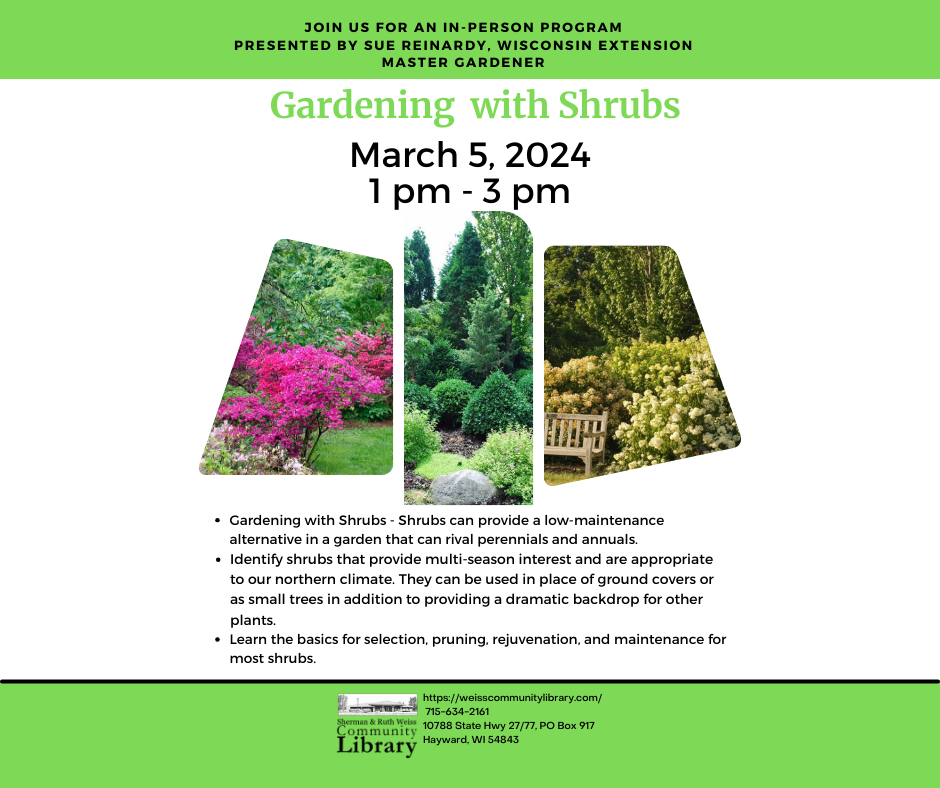
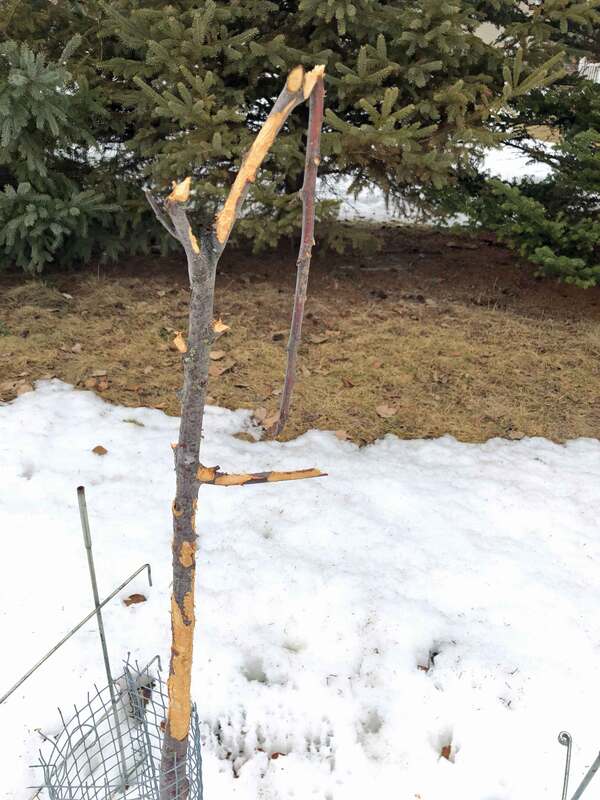
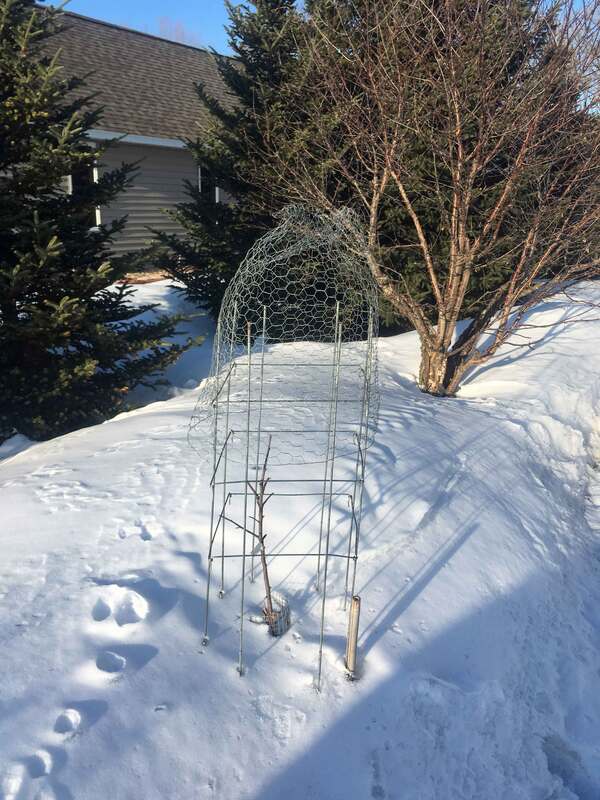
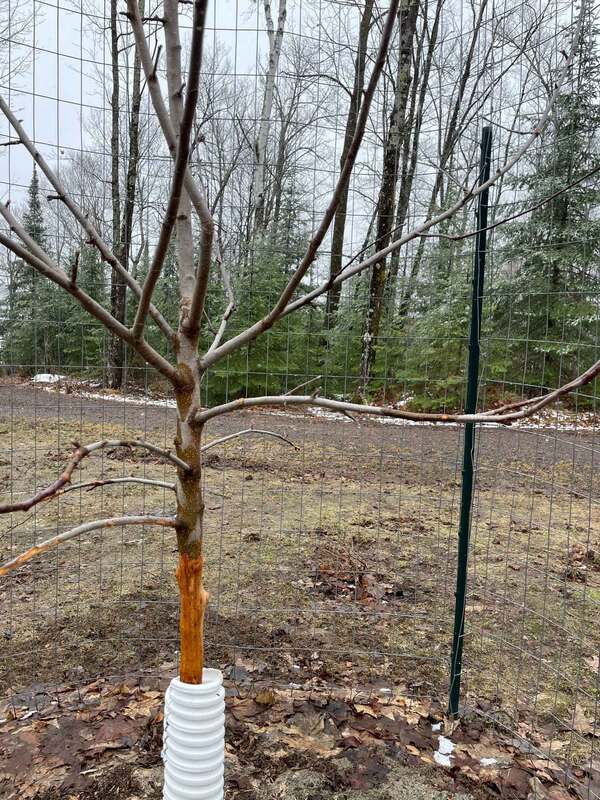
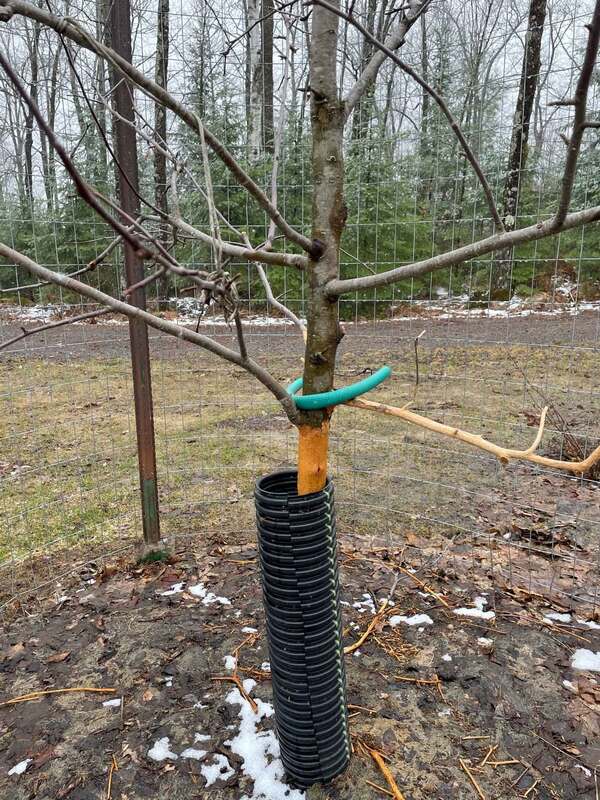
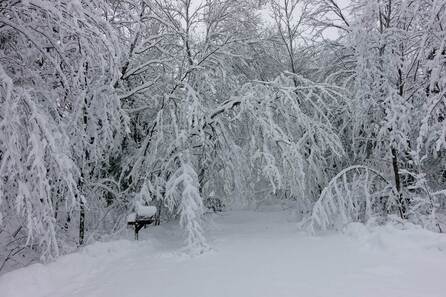
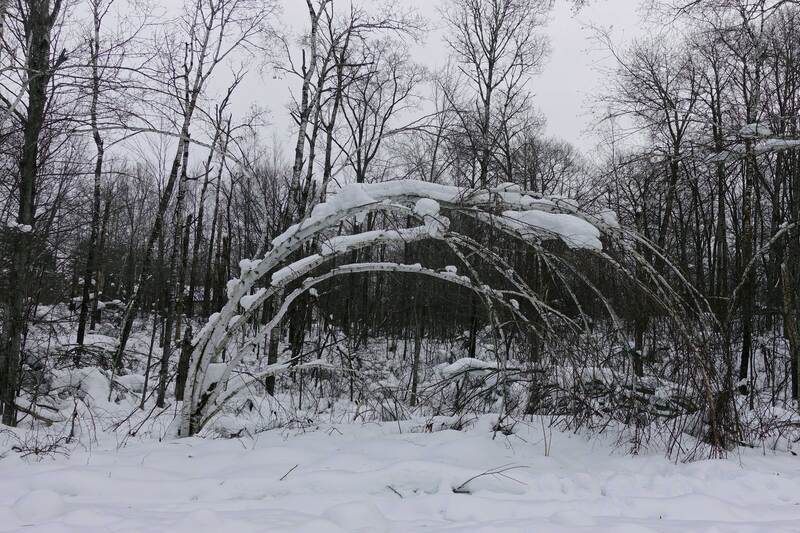
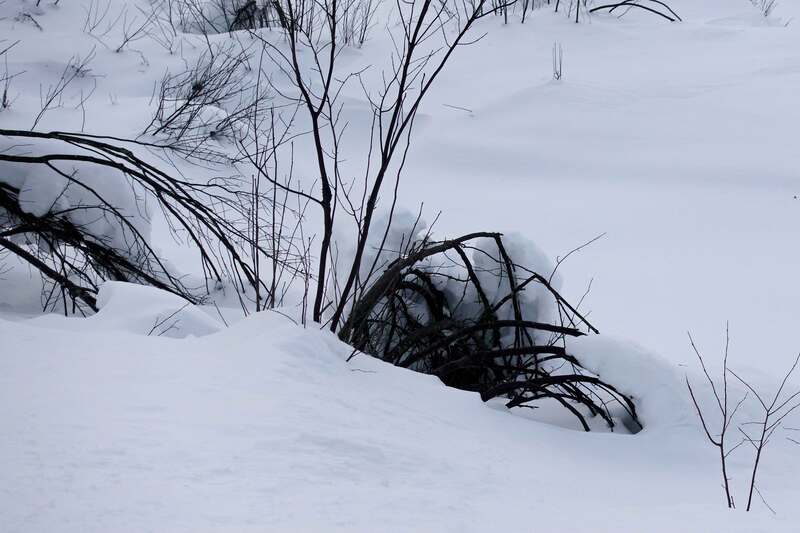
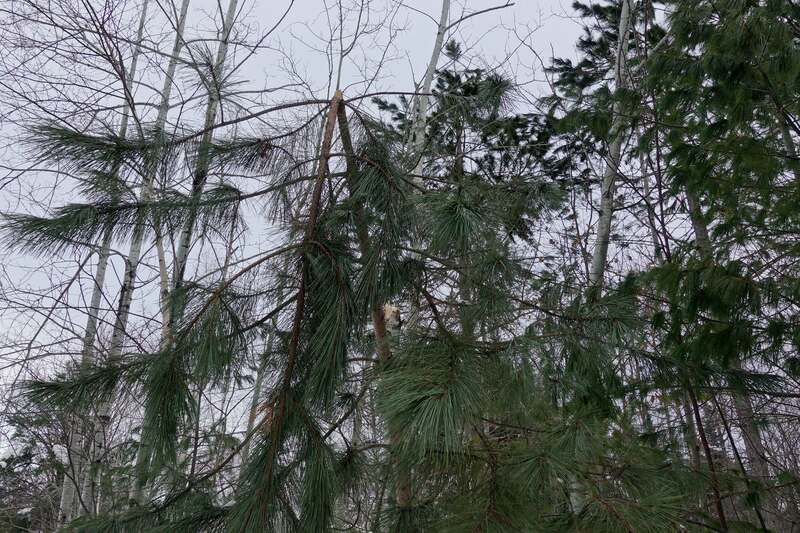
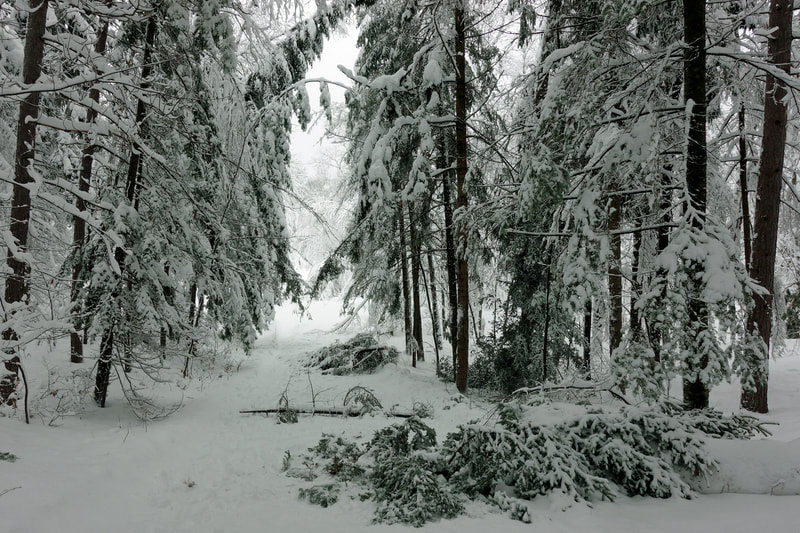
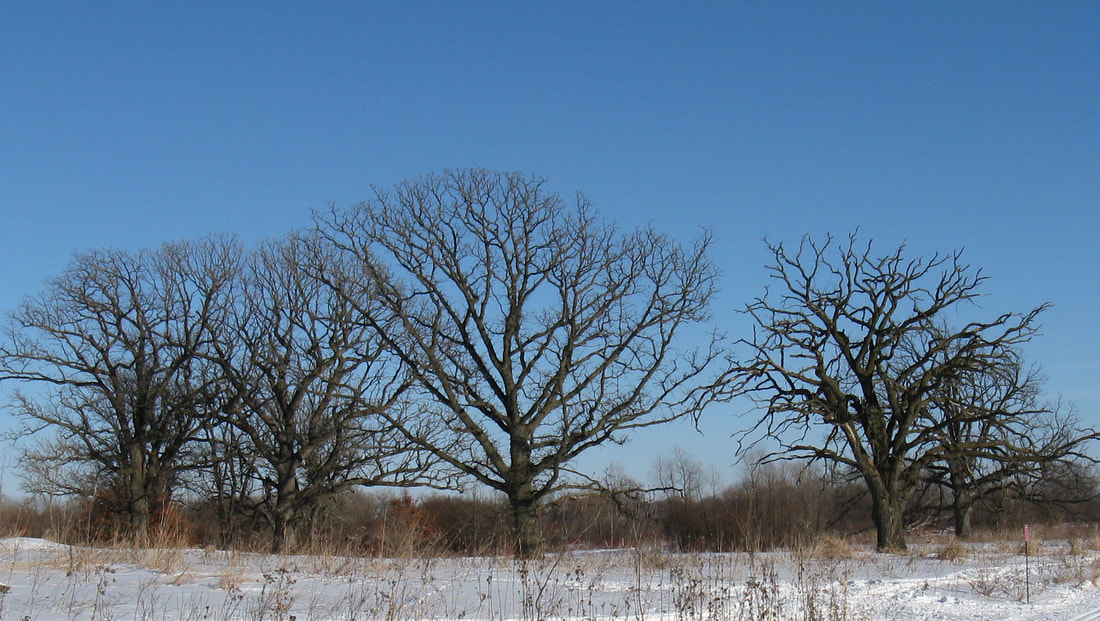
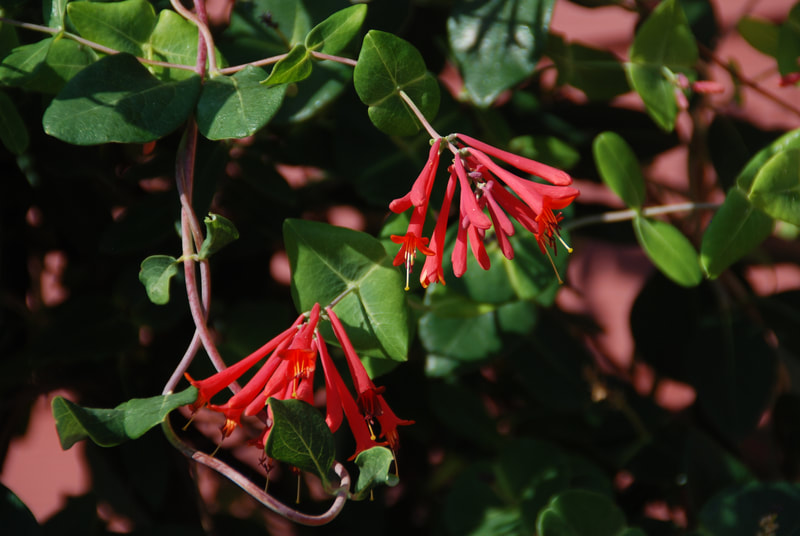
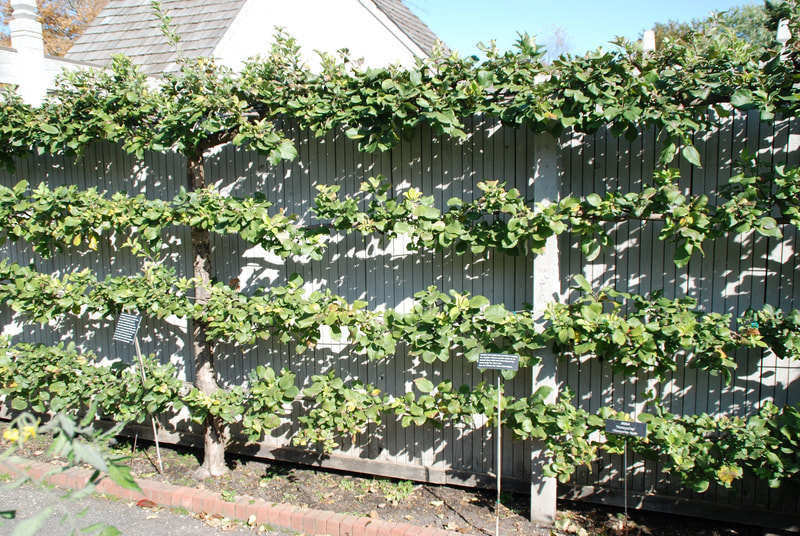
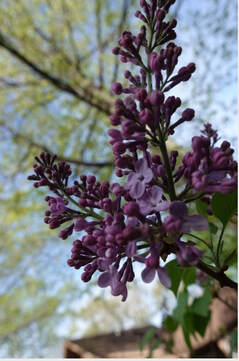
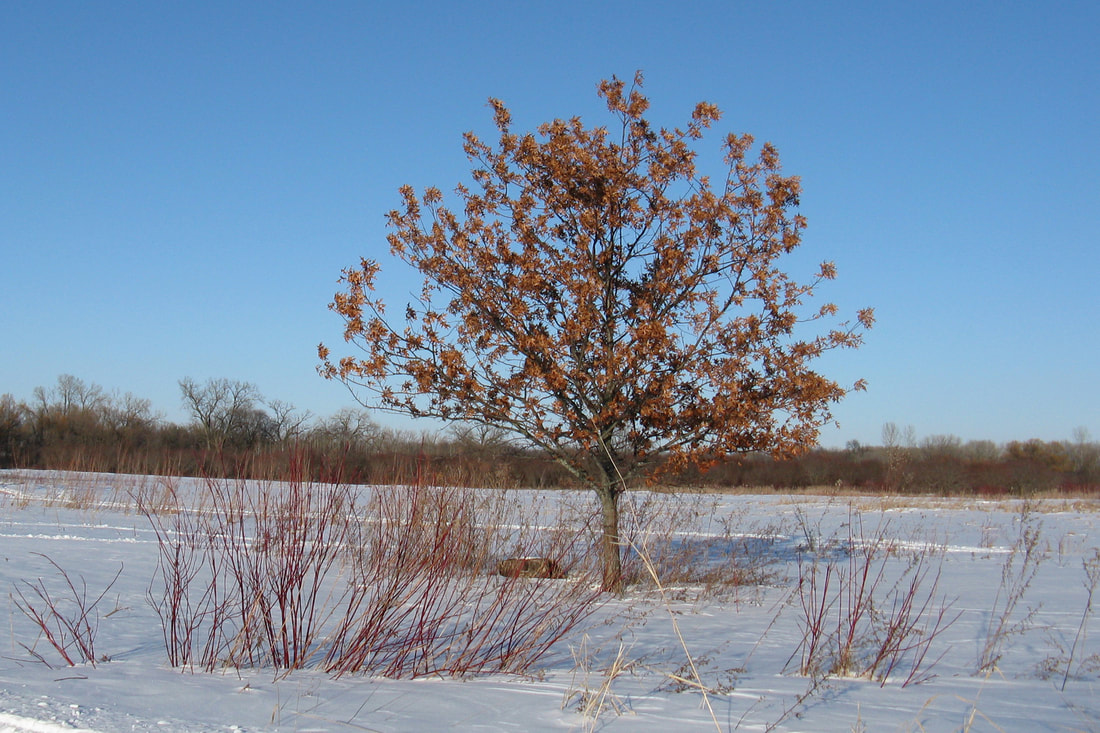

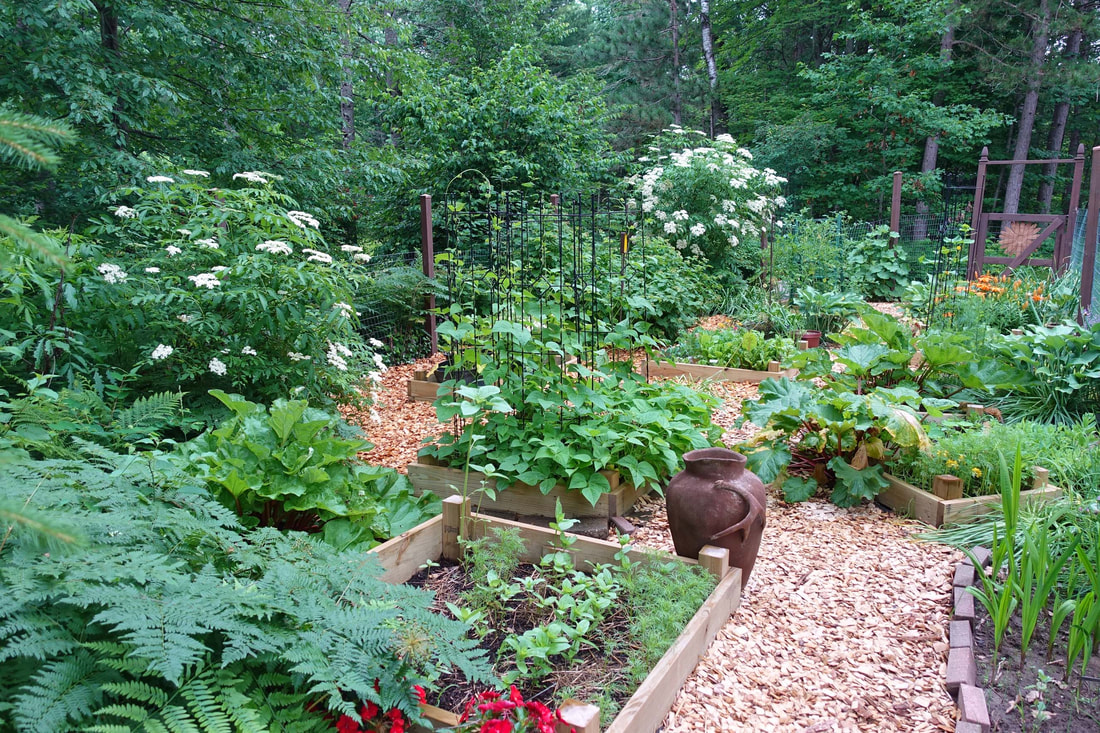
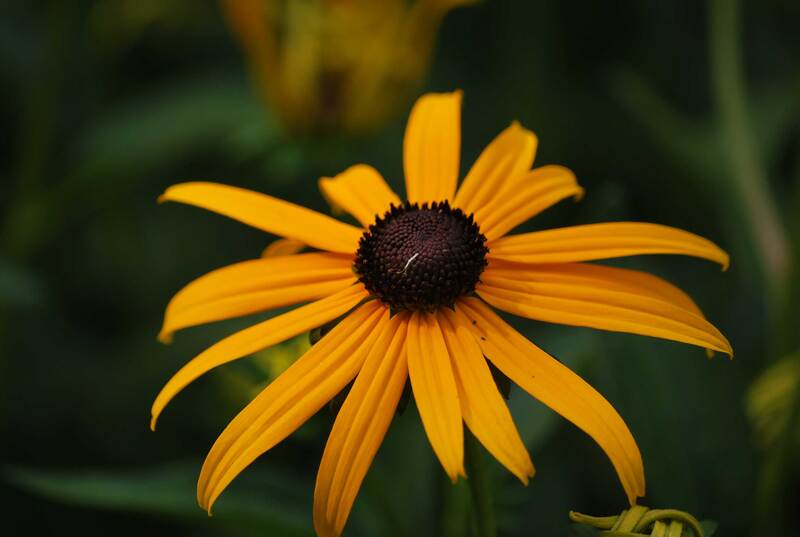
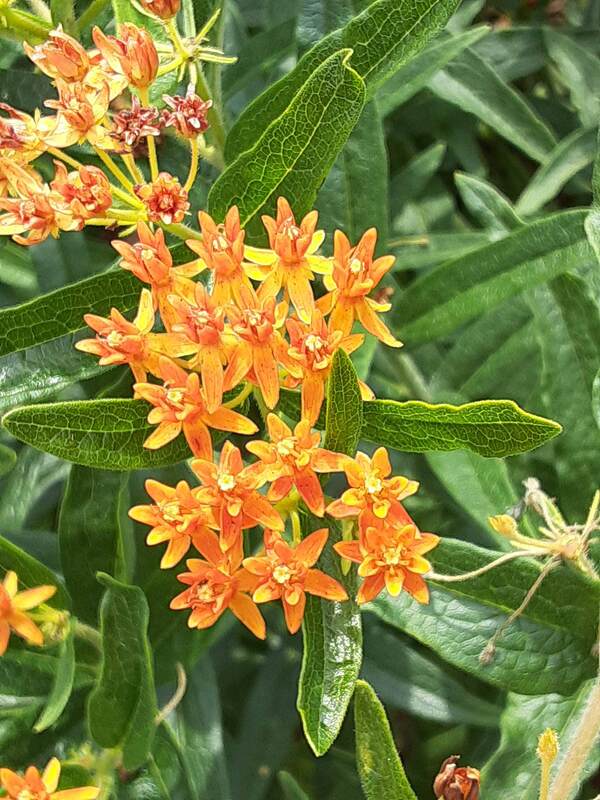

 RSS Feed
RSS Feed